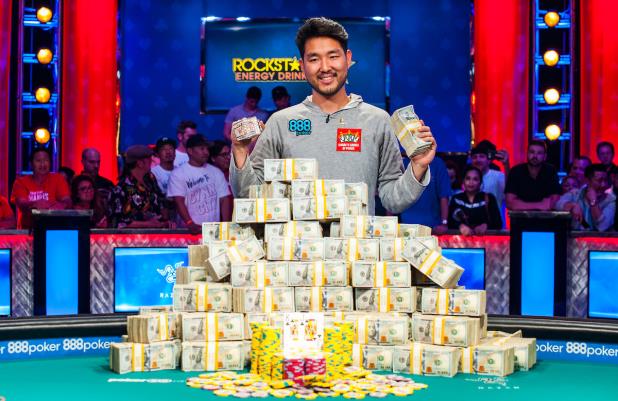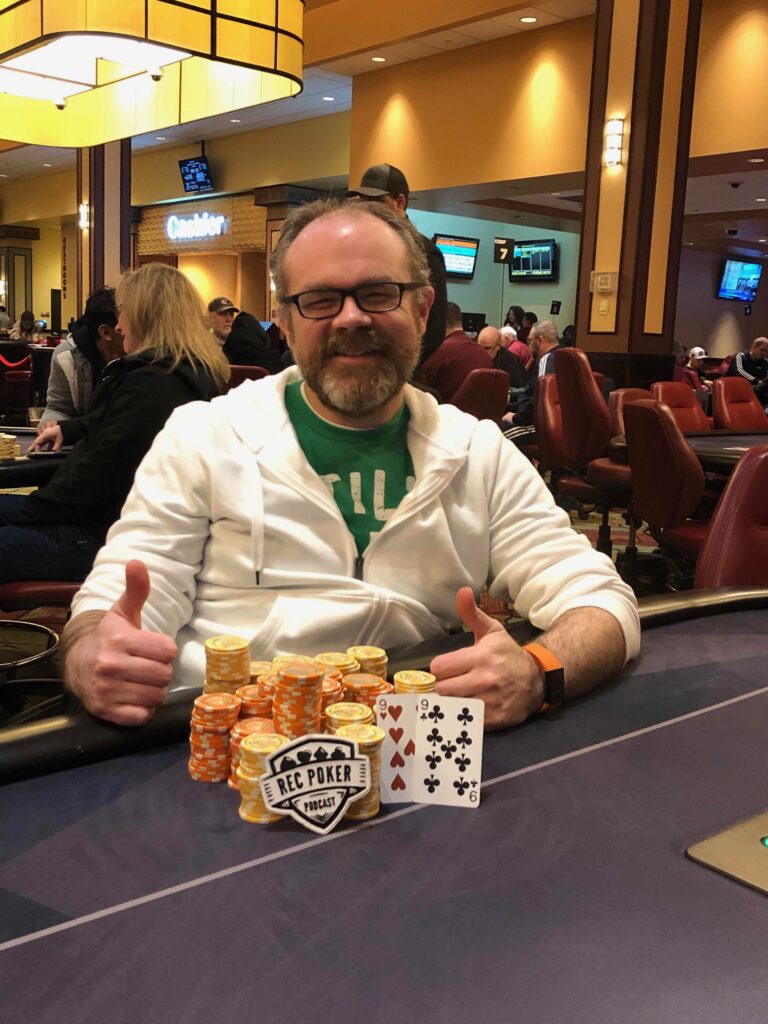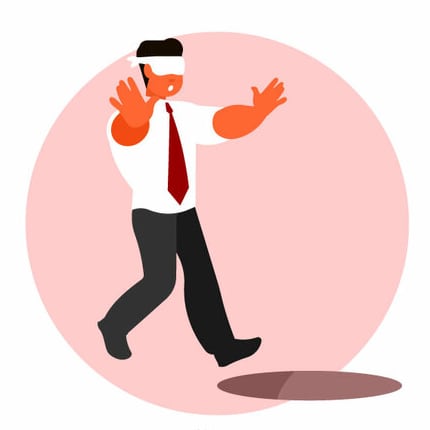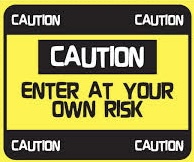Draw Heaven or How to Avoid Tragic Turn Equity

By Chris Jones, RecPoker Content Director
Chris Jones pens the inaugural rec.poker blog article wherein he wistfully looks back on the role “draws” ended up playing in his own WSOP experience. Premium members can watch the seminar here: https://rec.poker/content/seminars/december-2020-seminar-draws-odds-outs-3-parts/

Since RecPoker is focused on draws this December, I wanted to take us back to 2018 and some lessons I learned about them that I hope can be useful for everyone.
It is summer 2018 in Las Vegas. John Cynn will soon outlast 7,874 players to win $8.8 million in the Main Event. In my opinion, this is one of the finest Main Event final table performances in history. Over those three days, Cynn puts on a master class of ICM play and how to outlast and outwit his opponents. There are lots of ways to win at a final table, luck, sheer overpowering aggression, but Cynn does his work with finesse. Rarely having the chip lead, he simply plays great poker and ends up on top.
But maybe I’m biased. Maybe I look at that final table with rose-colored glasses. You see 2018 is also the first time I was one of those 7,874 Main Event hopefuls. My own journey would end far before Cynn’s, but it was still a massive accomplishment in my poker career. After a health crisis, I’d worked for about two years on my game to get to this moment. My singular goal was to play in the Main Event.
For some reason, if there was a theme to my Vegas trip that year it was one of draws. Big ones, made ones, missed ones, and trying to be able to navigate the difference. I’ve made my way toward the end of a mega-satellite. The prize for the 500-odd survivors? A Main Event seat.
We’re late in the evening now. Everyone can taste the Main Event dream. I’m sitting 9-handed and the tension carries between tables. This is unlike any satellite I’ve ever played. Tournament directors are begging players to stop roaming the room in search of short stacks. They will be issuing penalties soon. The mega stacks are sitting back, sipping on whiskey they’ve just ordered, certain of their Main Event ticket. And I am focused on folding. So much folding. Disciplined folding. Nitty folding. I’m waiting for others to make the mistake.
There are five stacks at our table under 10 big blinds. I am one of them with 8 big blinds. The room still needs to eliminate 12 more players. Just 12 more players in a room of more than 50 tables. I did not have the funds nor the plans to enter unless I qualified. I’d survived a grueling field and here I was. This was my chance.
Now as we all know, satellites are a different game, and I’d been studying relentlessly about my approach for a spot just like this. You have to play to survive, not to win.
So let’s get back to that subject of draws. The orbit has circled again and I am in the big blind about to commit one of my seven big blinds. We now need to eliminate 5 more players and we are hand-for-hand. The whiskey drinker pushes his standard min raise from the hijack. I look down at AhKh. There’s no doubt that in this room, there are certainly more than 5 shorter stacks than mine, including 2 at my table. I know I should fold. Let someone else make the mistake.
“Call,” my mouth says much to the shock of my head. The dealer drags in the pot and turns over the flop. KdQh10h. This is one of those dream kind of draws in most settings, top pair, top kicker, with a royal flush redraw. But I am sick inside. I have five big blinds behind. There are about that many in the middle. I feel like I’m on roller skates.
This is an easy shove in most conventional spots. It was a shove pre in most spots. But here, with a dream on the line, what is even the proper play? I stall a little while longer and shove my stack. Please fold, please fold. He snap calls with Qc10c. Just as I almost crumple to the ground, the 5h hits the turn. I don’t even remember what the river was, just not a Q or 10. 15 minutes later, I’m celebrating with my table—a Main Event entry!
Let it never be said I don’t hit my draws. I played in day 1B. And did pretty well after a rough start. Toward the end of the last level, I found myself in a similar spot with an elite drawing hand. This time instead of 7 big blinds, I had more than 80.
I’m in the big blind again, the HJ opens, the button flats, and I am holding Qd10d. Both players cover me, and I decide to flat. Looking back, this is a spot with this kind of depth that I’d like a 3bet squeeze, but that would’ve been another story.
The flop comes 10s2d10h. I check. The HJ has been very active and continues about half pot. The button then raises and my hand begins to shrink. He certainly has 22 and better 10s in range. But I can’t fold this hand yet so I flat and HJ folds.
The turn brings the 4d. I’ve gained equity here and I already rate to have many of the stronger hand combos, so this turned diamond somehow convinces my lizard brain that it is time to lead out. I lead small. Looking back, I’m not quite sure what I’m trying to accomplish here. It’s a terrible bet. If my opponent is bluffing, I should let them continue here, and if they check back with some value, I’m still likely ahead.
But I see that diamond come on the turn and something inside me says, whoa, cool, my hand just got stronger, let’s build a pot.
The problem is your opponent doesn’t have to go along with your plan. Especially when you’re out of position. So the villain built a pot all right, he responded with a massive almost 2x pot overshove. And now I’m in jail. I can fold, lick my wounds, and come back for day 2 with around a 40 big blind stack. Or I can try to find some kind of worse value (J10? 910?) or strange bluff (A2?) that I can pick off. But I’ve put myself in this position because I overvalued my increased equity on the turn. This is a clear turn check in retrospect.
That’s one of the dangers of back door draws. The turned equity can be so enticing. But when the back door starts to come forward, it’s not always license to just go wild. Given the multiway action of this hand, I still had a bluff catcher, and I needed to try to navigate to showdown cheaply. There just aren’t that many bluffs on this board.
What did I actually do? Well, let’s just say I’ve spent a lot of time studying draws since 2018. One butchered draw can mean the difference between possibly navigating a field to play with an eventual world champion versus watching him on TV.

Chris Jones has worked in publishing, communications, and nonprofit arts his entire career. He is a published author and works as the Communications Director for the Loft, one of the premier arts organizations in the United States. He has extensive experience with editorial work, marketing automation, graphic design, livestreaming, video editing, and content strategy. He holds an MFA in creative writing from the University of Florida and serves as RecPoker’s Content Director.
RecPoker is a vibrant and encouraging poker learning community. We are committed to learning the game, but our priority is building healthy relationships where we can not only grow in the game, but grow in our enjoyment of life. The membership website at rec.poker is awesome, but it’s just a tool to help us build that community. You can join for FREE, giving you access to the groups, forums, and other member benefits. If you want to enjoy the premium content, or become part of the RECing Crew, those options are available and you can get $10 off your first payment using the code RECPOKER.





Responses